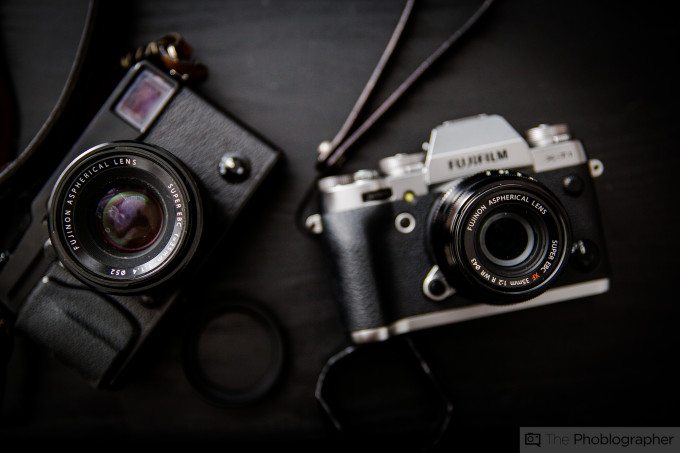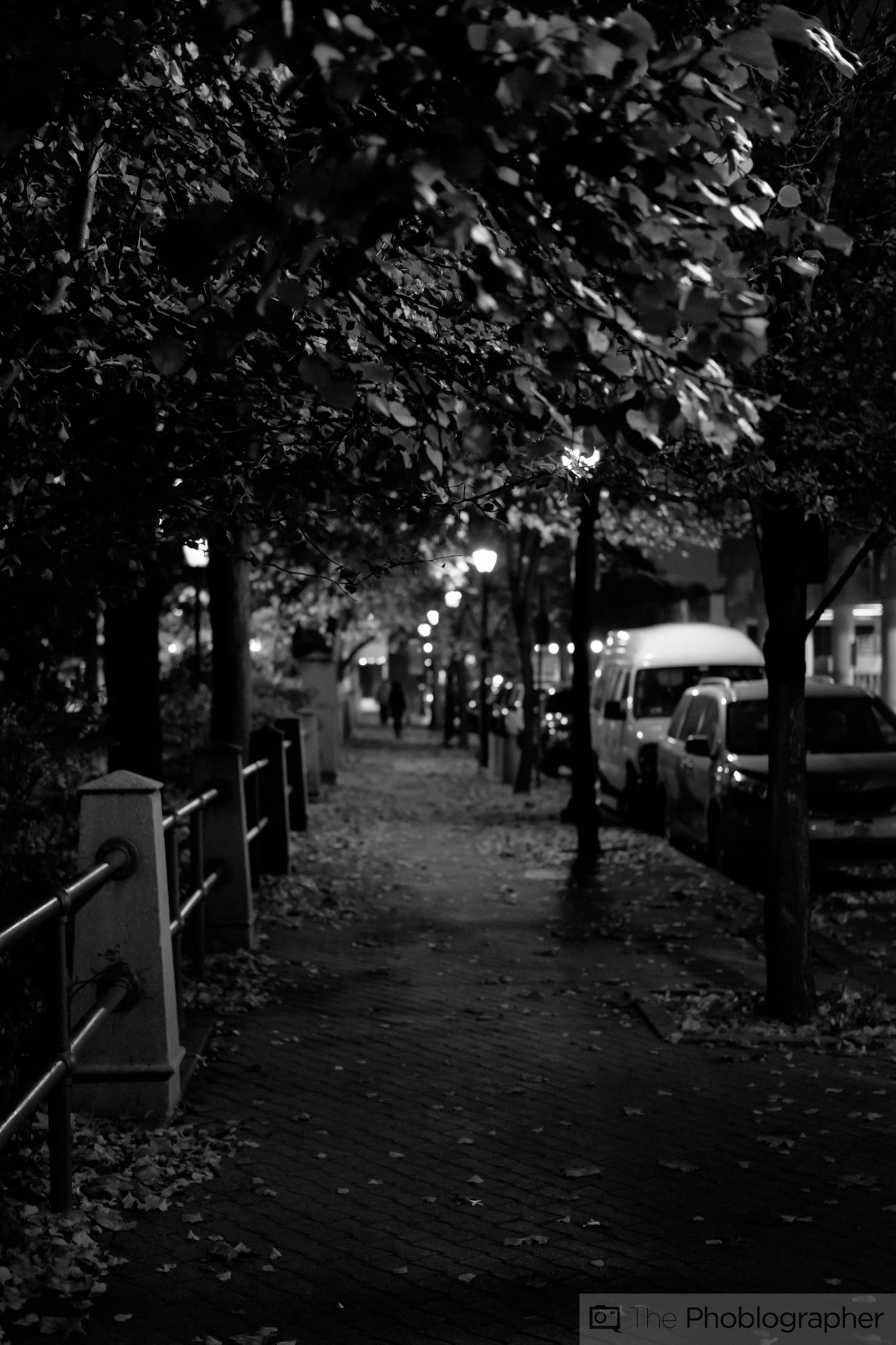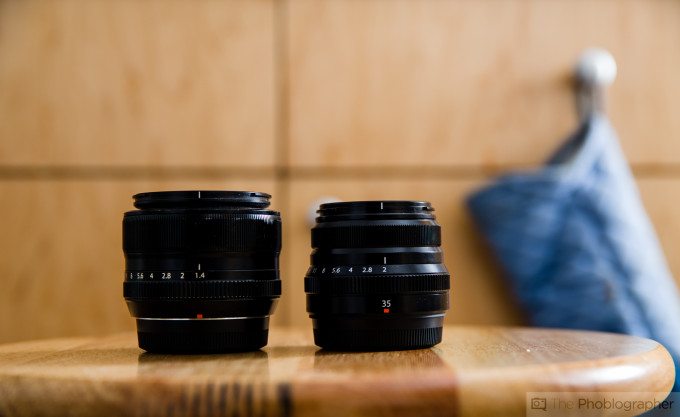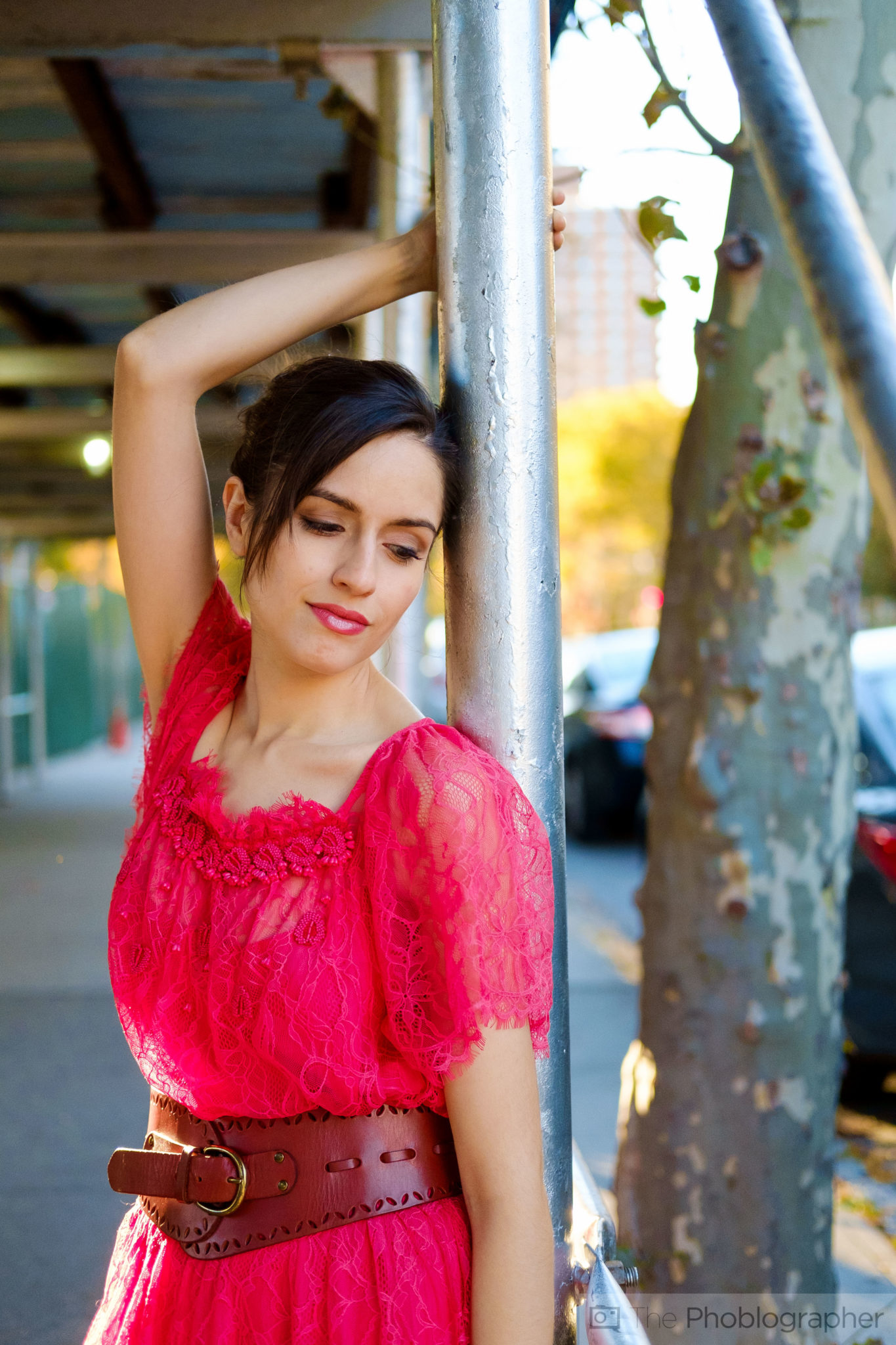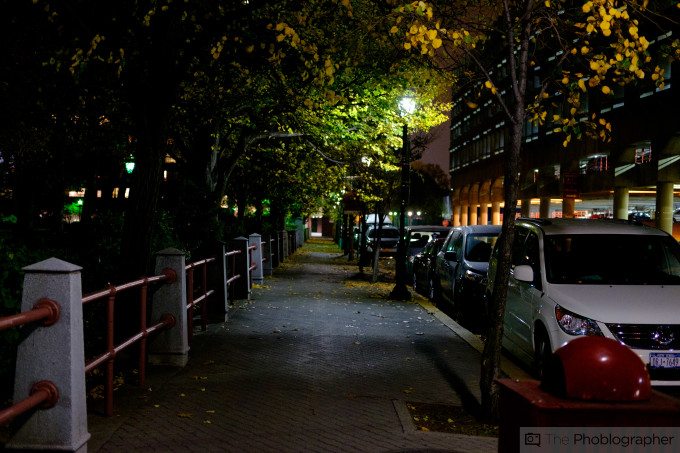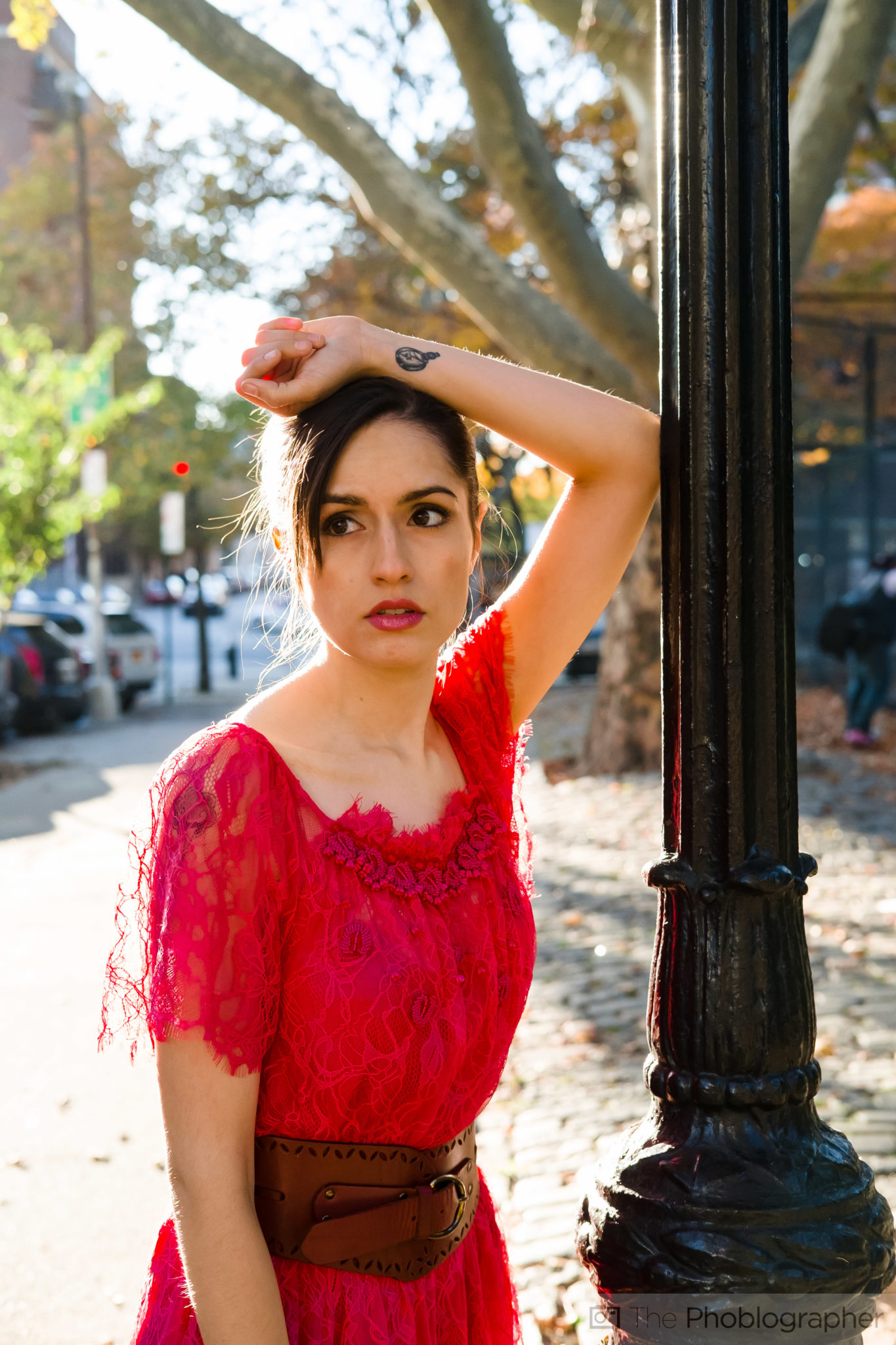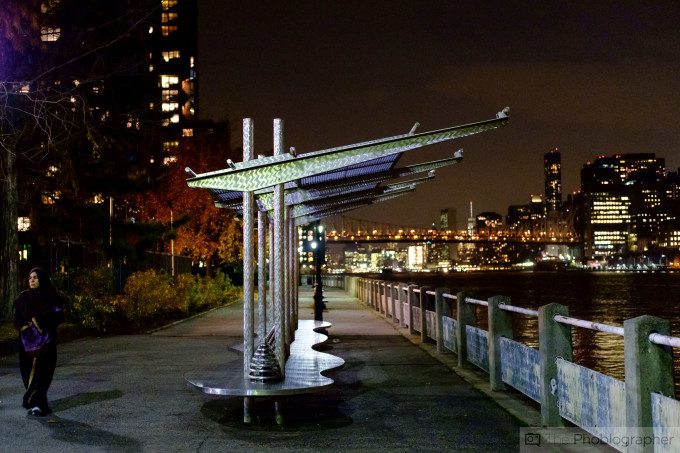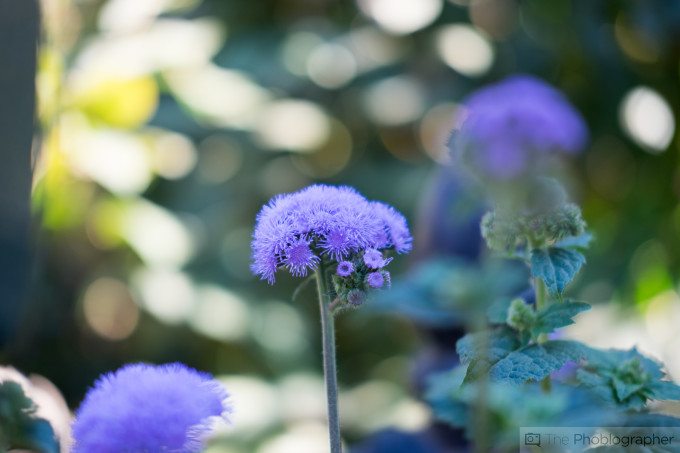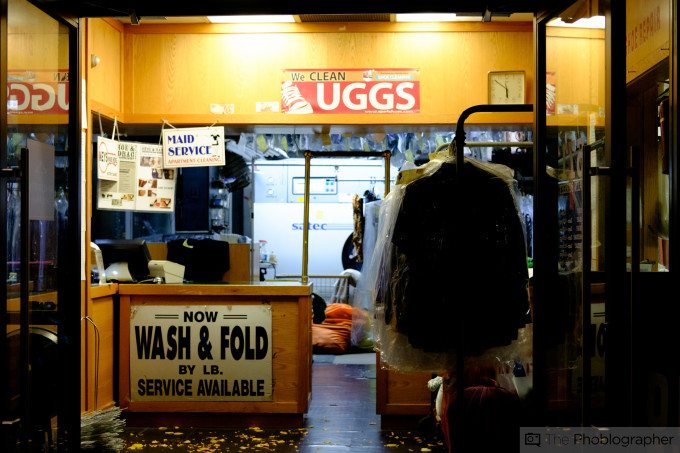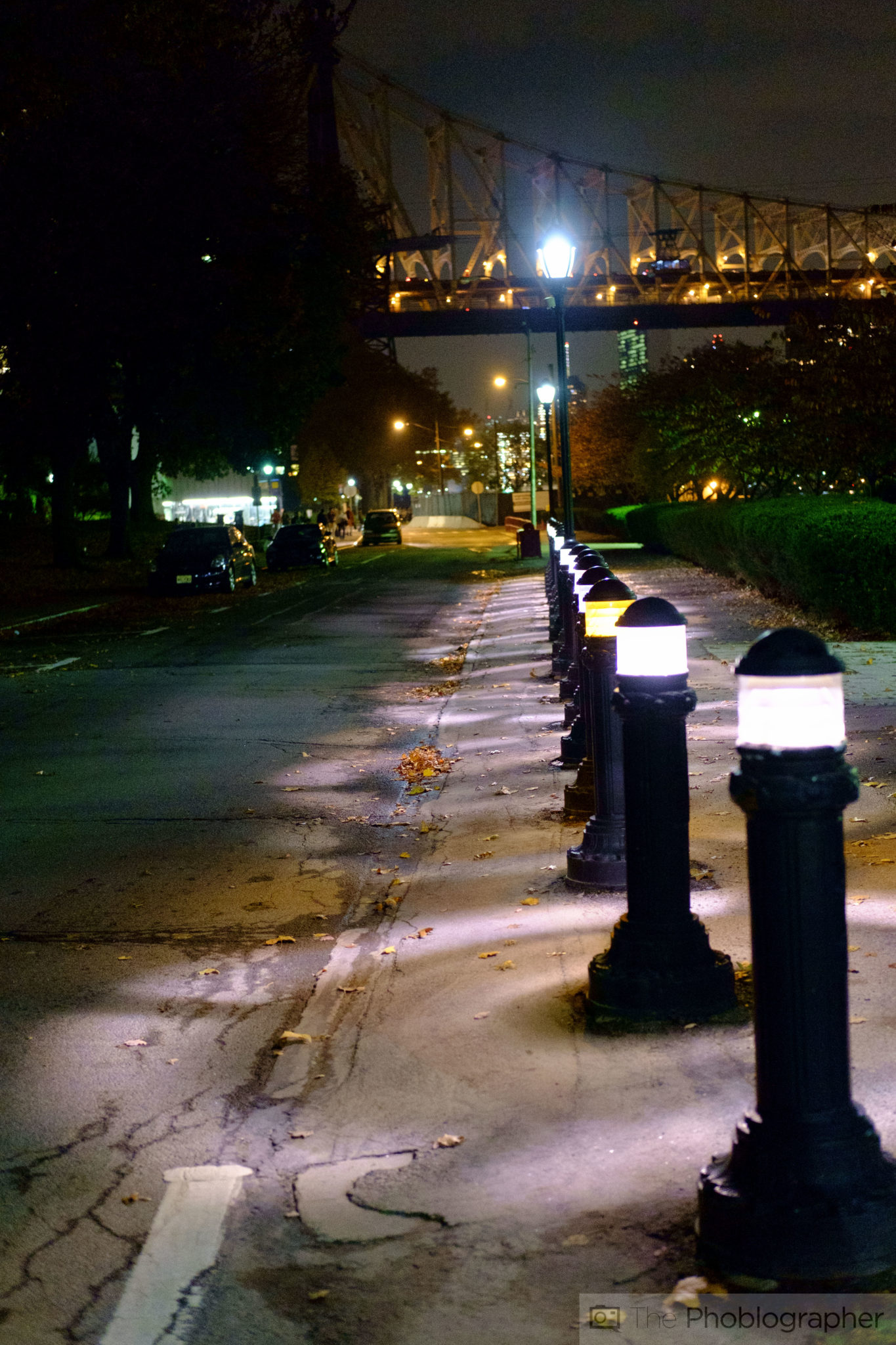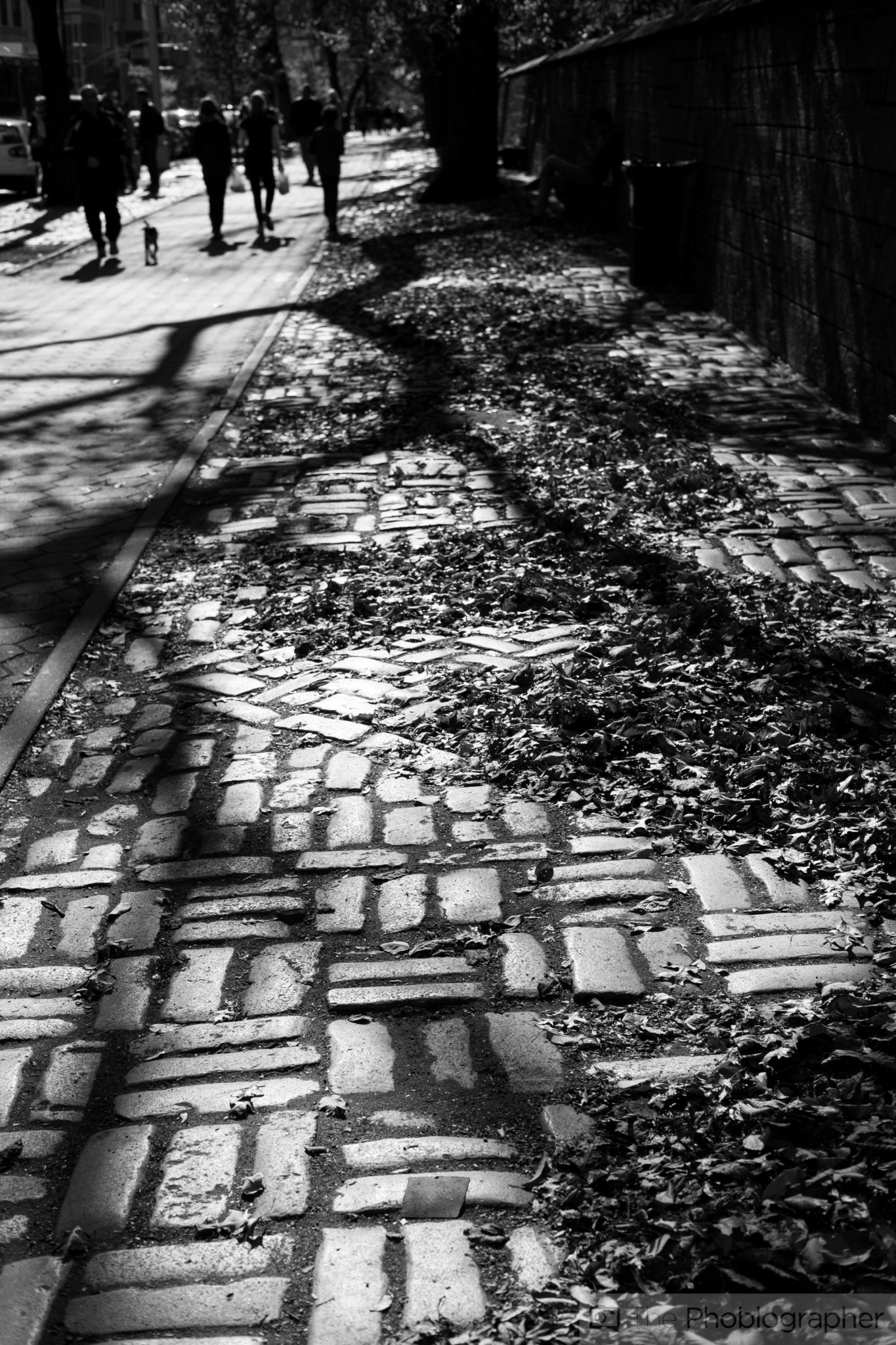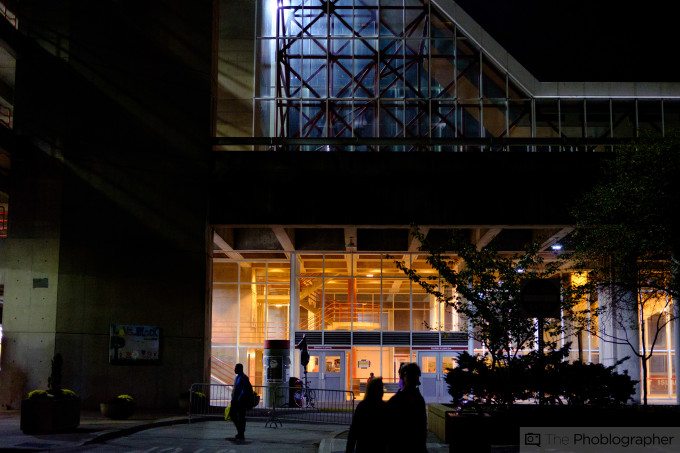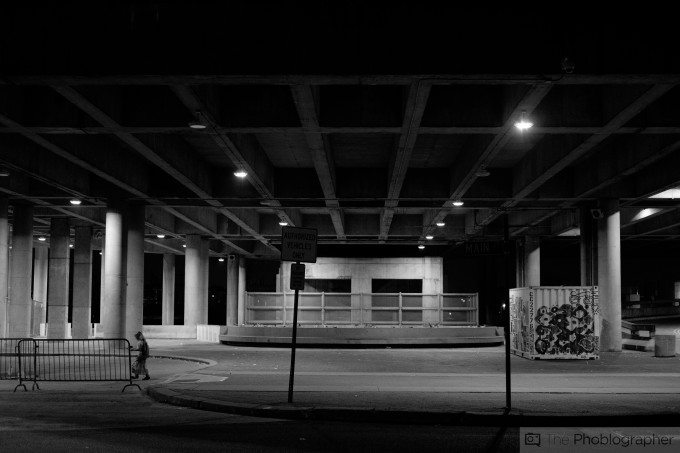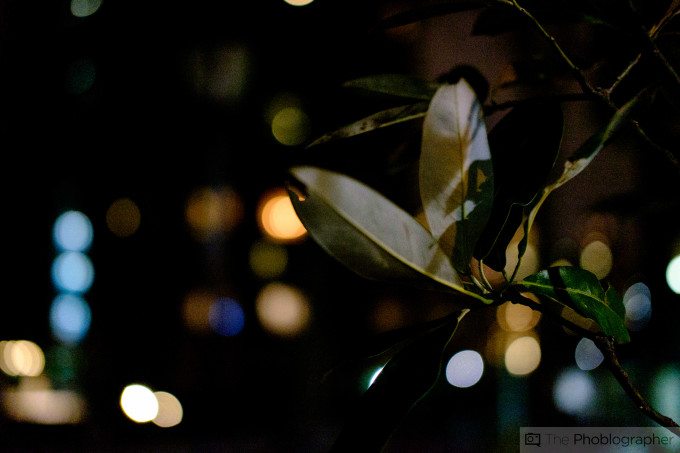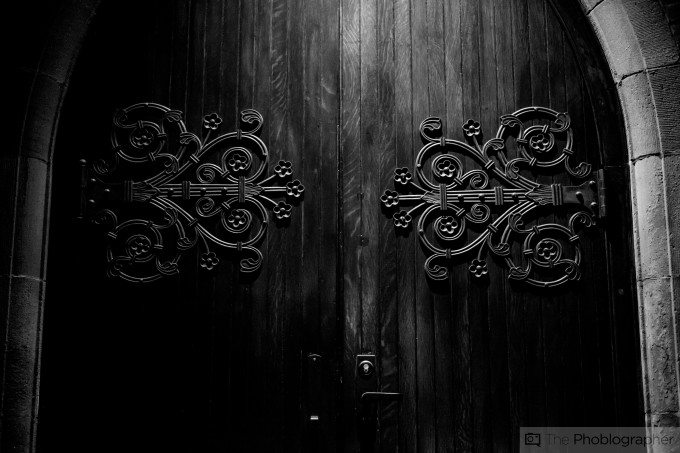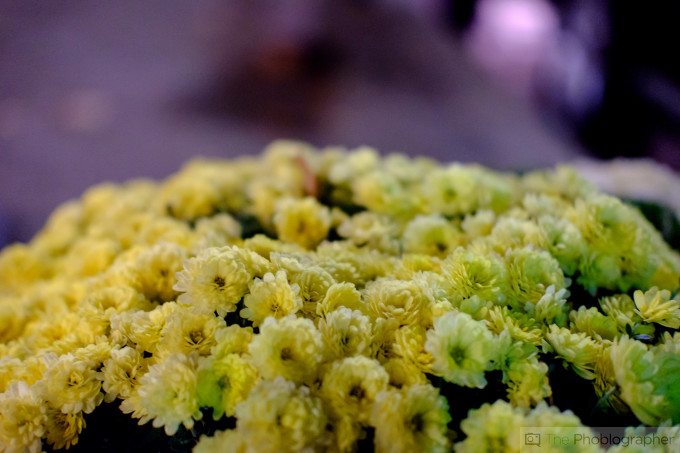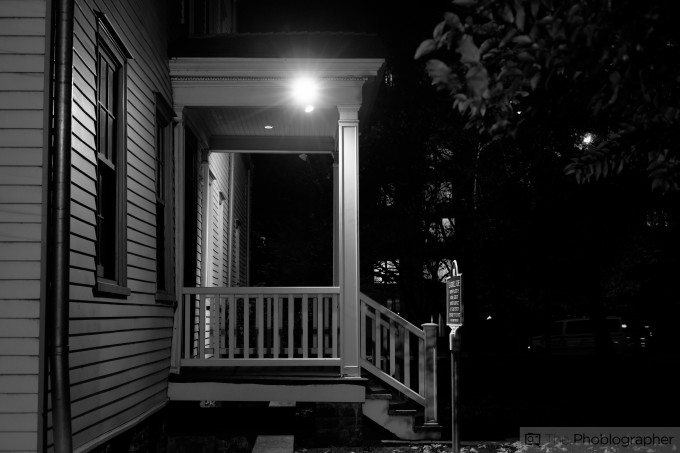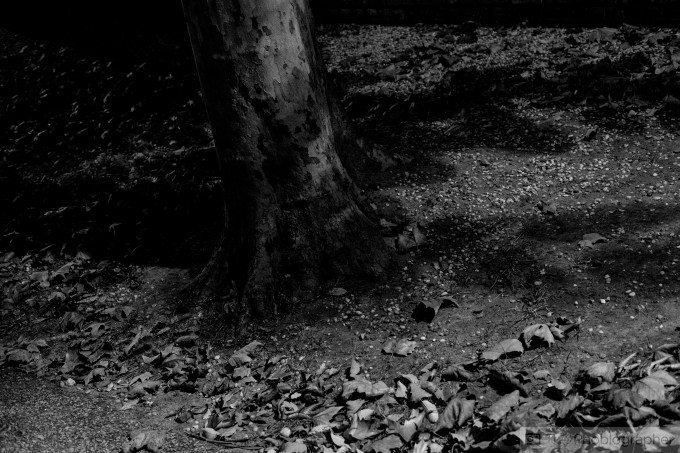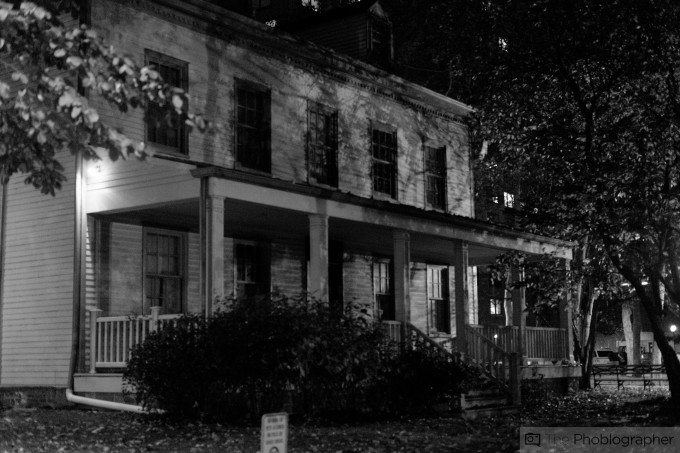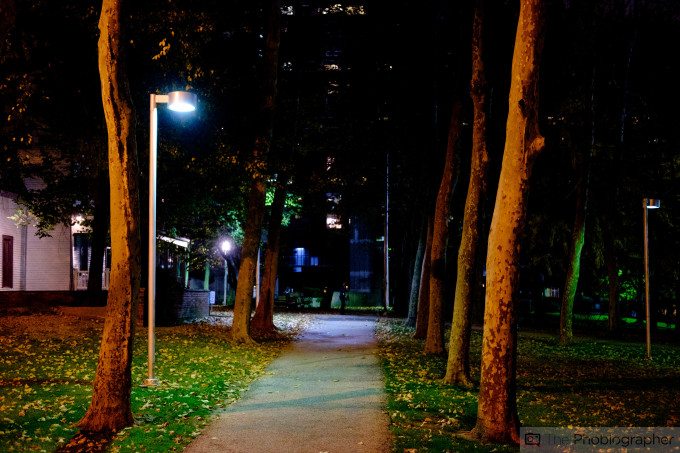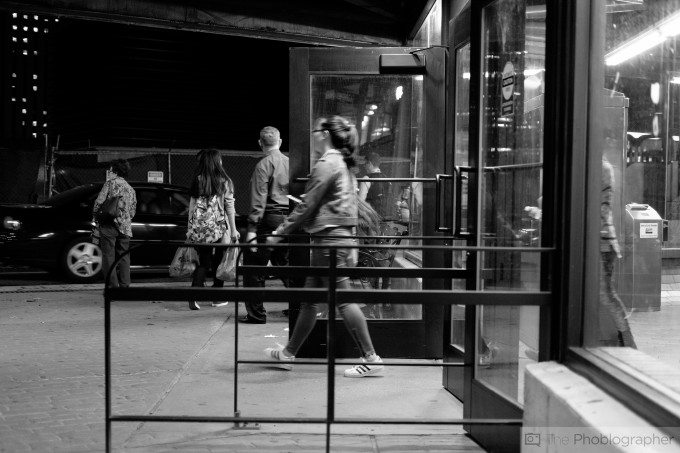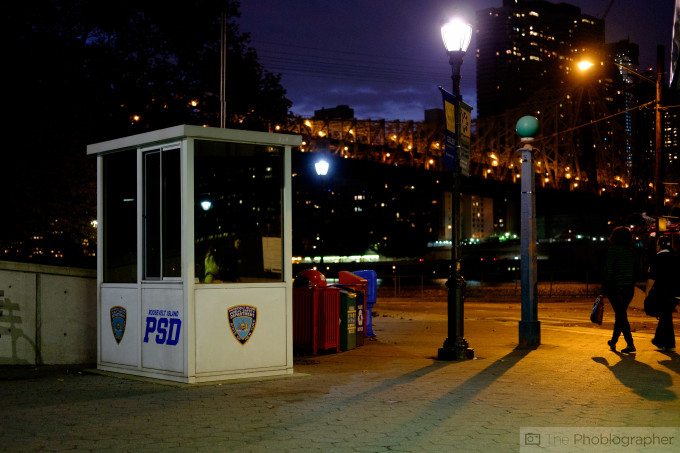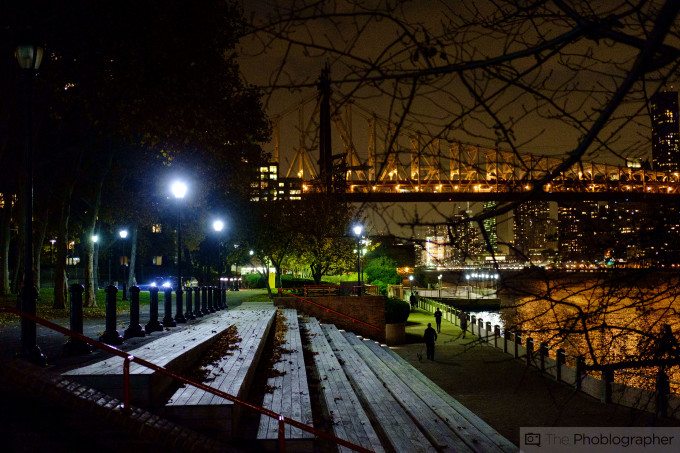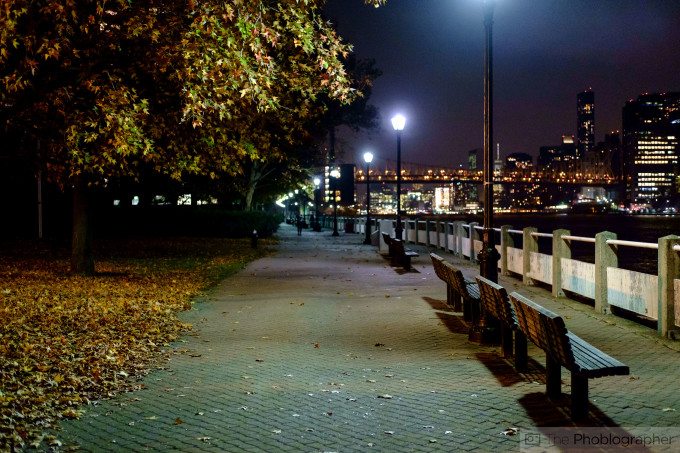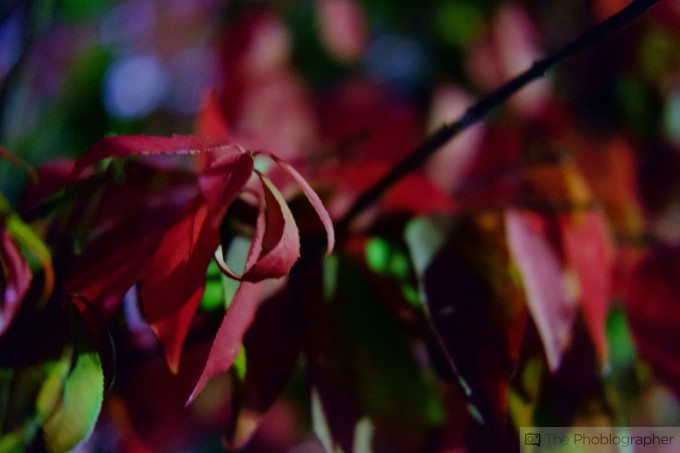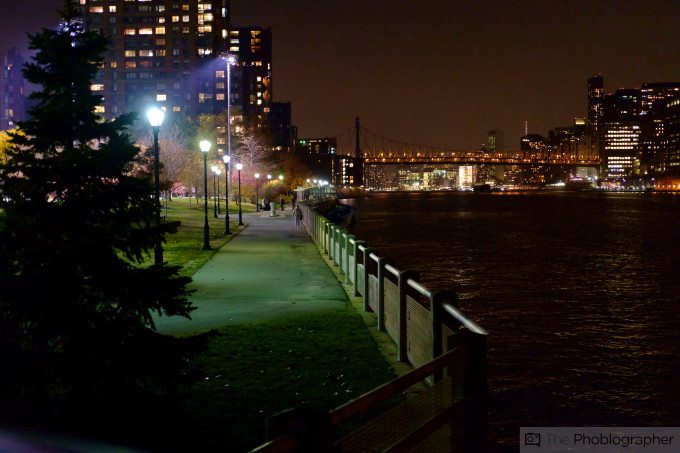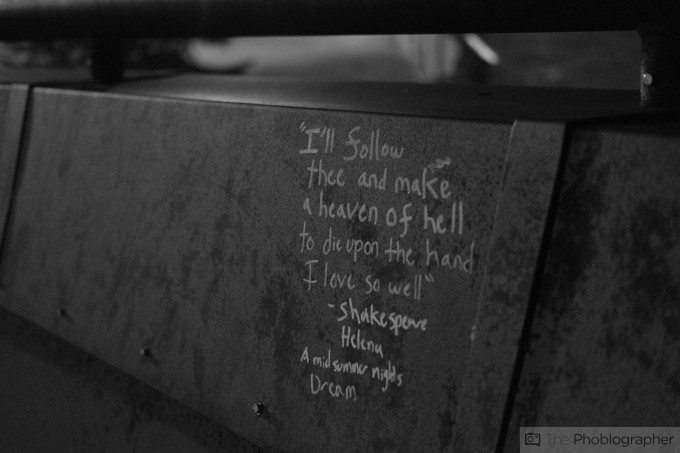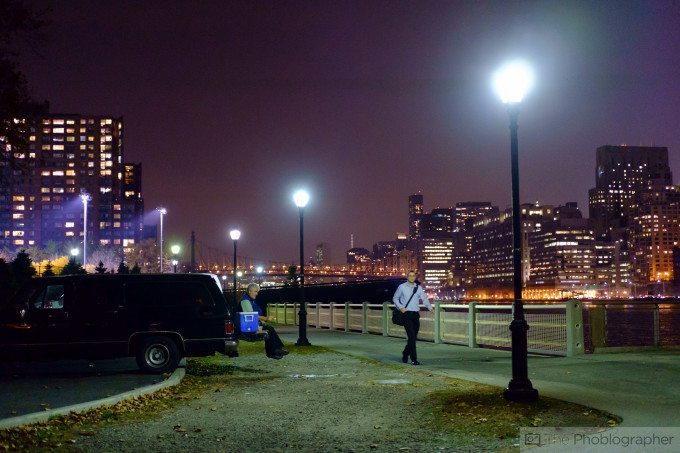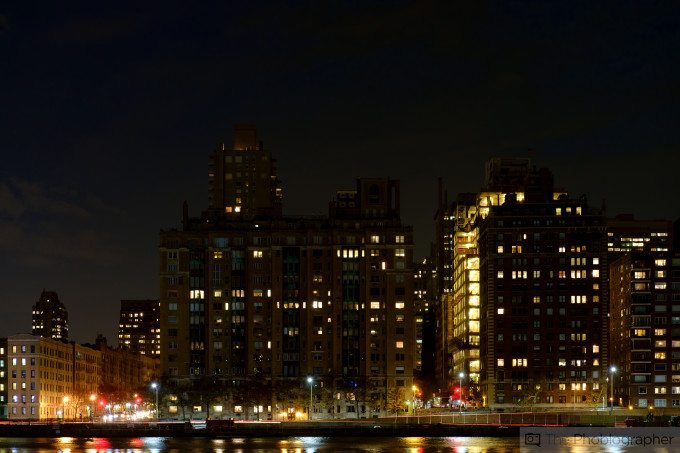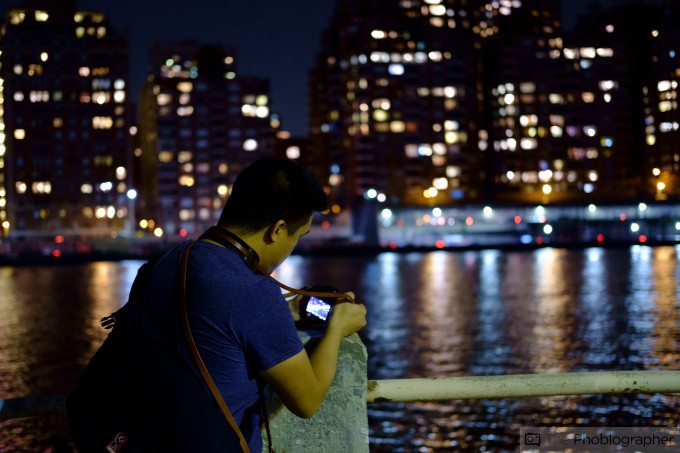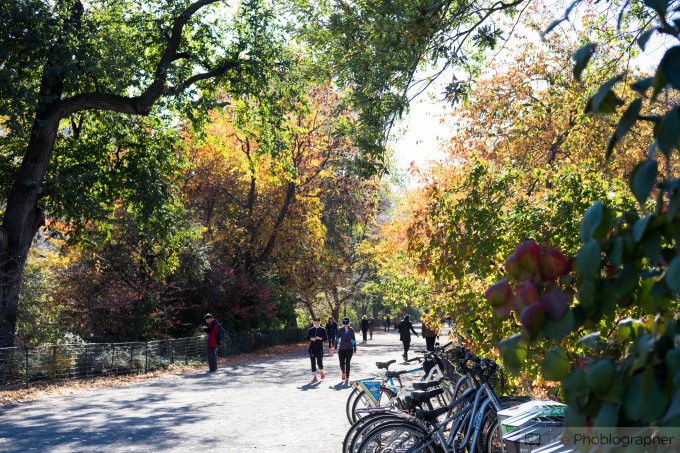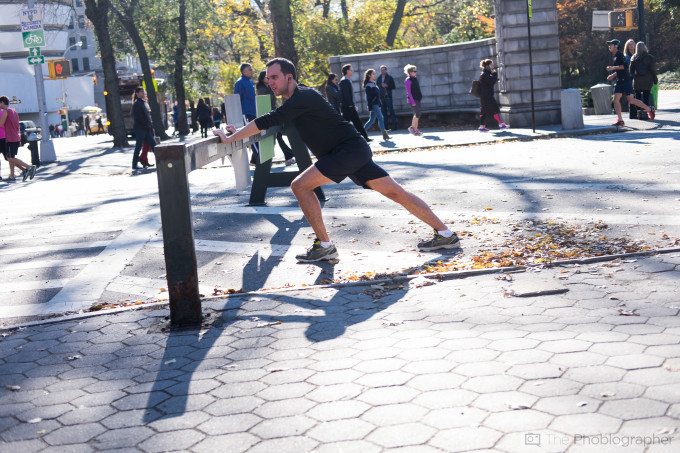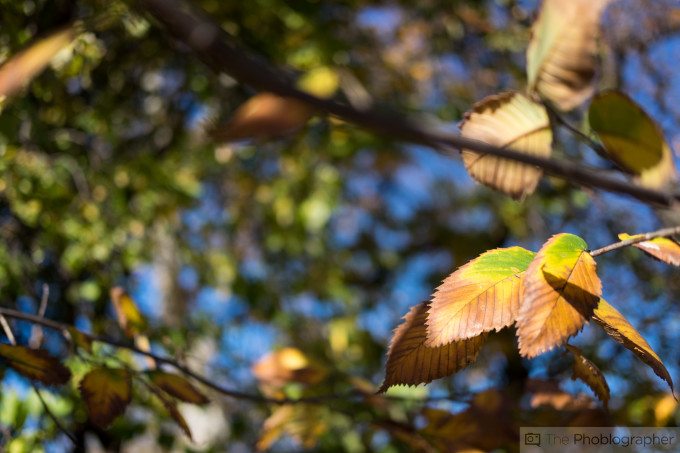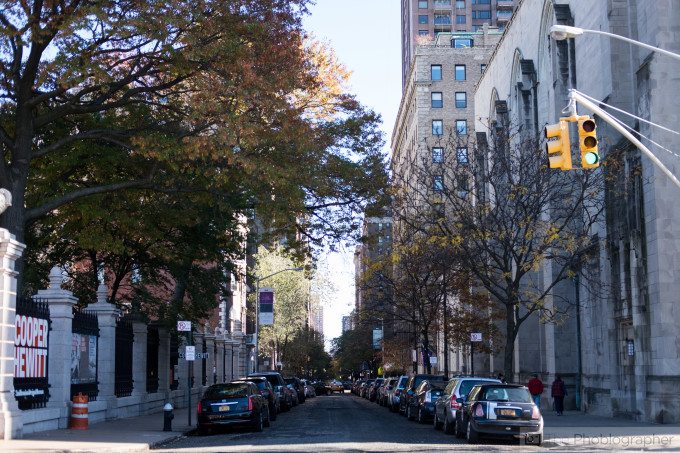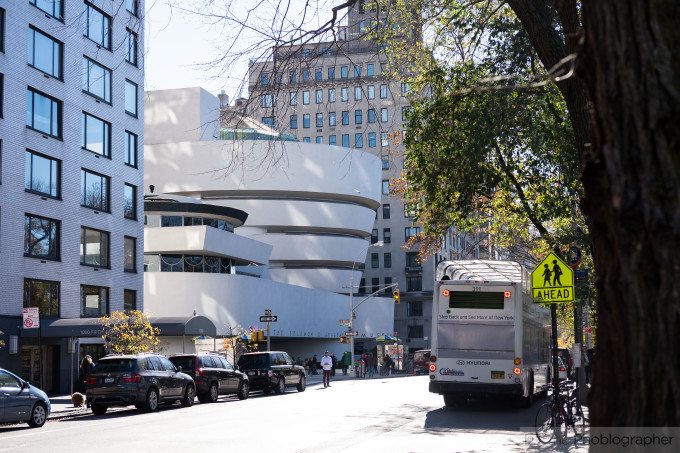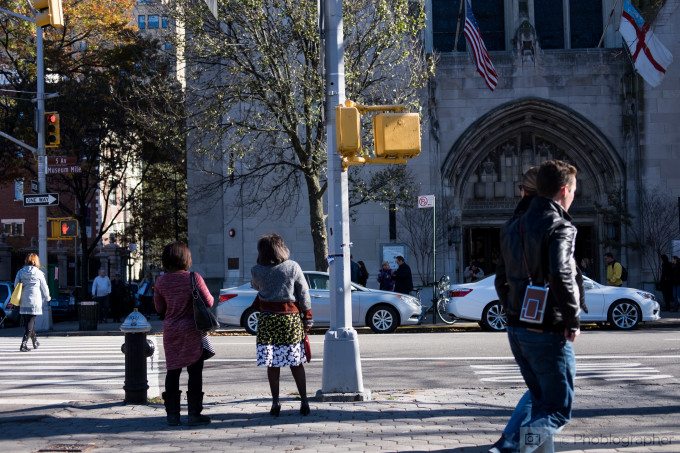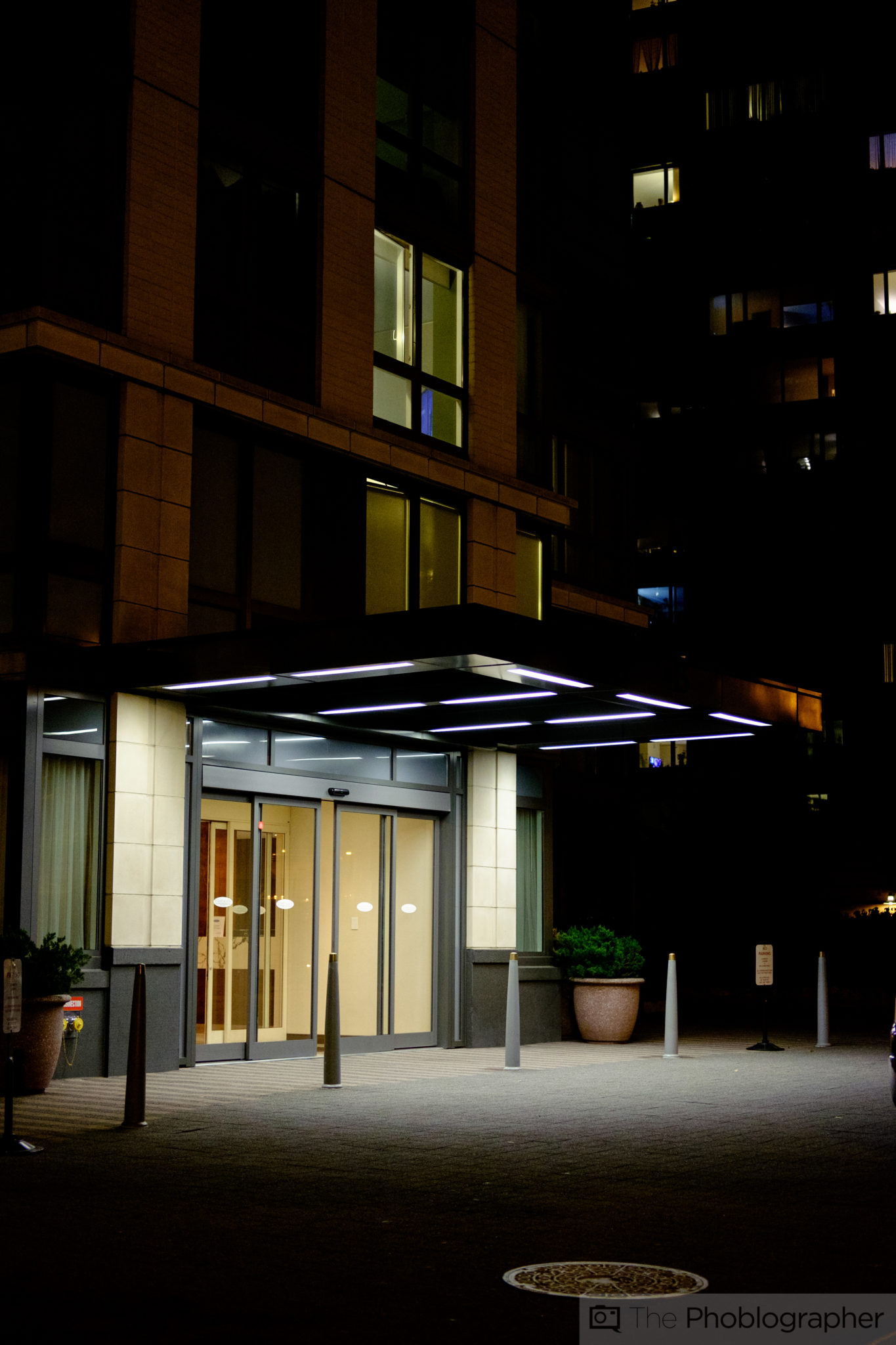Last Updated on 11/12/2015 by Chris Gampat
Fujifilm announced their 35mm f2 R WR earlier this year; and for many photographers and Fujifilm X series camera users, you’ll be glad to know that right off the bat, it is the fastest autofocusing lens from Fujifilm made thus far. Plus it’s weather sealed. Mix all that into the pot and then consider that this is a Fujifilm lens, so it’s bound to be incredible. Indeed, it is.
With nine aperture blades, a weather sealed design, a small body overall that remains low profile in real life uses and great image quality, there is very little to complain about here…for most of us at least.
Pros and Cons
Pros
- Great sharpness
- Nine aperture blades make the bokeh as good as it can be
- Small size
- Weather resistance
- The fastest focusing lens that Fujifilm has offered as of the publication of this review.
Cons
- Just F2…a refresh to the 35mm f1.4 actually would have been more appreciated and pushed the system ahead overall.
Gear Used
The Fujifilm 35mm f2 R WR was tested with the Fujifilm X Pro 1 and the Fujifilm XT-1 along with the Adorama Flashpoint Zoom Li On.
Tech Specs
Specs taken from the B&H Photo listing for $399
| Features | |
|---|---|
| Image Stabilization | No |
| Autofocus | Yes |
| Tripod Collar | No |
| Physical | |
|---|---|
| Filter Thread | Front: 43 mm |
| Dimensions (DxL) | Approx. 2.36 x 1.81″ (60 x 45.9 mm) |
| Weight | 6.00 oz (170 g) |
| Packaging Info | |
|---|---|
| Package Weight | 0.95 lb |
| Box Dimensions (LxWxH) | 5.5 x 5.3 x 4.2″ |
Ergonomics
Taken from our first impressions post.
The Fujifilm 35mm f2 R WR lens is designed much like many of the company’s other lenses; but to be honest, it has a bit of an odd shape when it comes to visuals. However, we start this ergonomics tour with the front the of lens. This is where we can spot the 43mm front filter thread and Fujifilm’s branding.
This photo also features the lens hood, which is in reality quite small.
With the lens hood removed, the package obviously becomes smaller, but less so than with many of the other lenses in the company’s lineup. In this image, you can also see the odd structure I’m talking about as the lens is very bottom heavy and becomes lean and slender as you move towards the front.
Fujifilm included its standard aperture ring control, which feels very nice to the touch. The lens won’t allow you to pull the manual focusing ring back to use a depth of field scale unlike some of the company’s wider angle lenses. For what it’s worth, said manual focusing ring is also quite puny.
With the lens hood attached, the package becomes ever so slightly larger. This is a big difference in comparison to the 35mm f1.4’s lens hood–which to be honest can probably turn your lens into a weapon.
I’m joking of course, but that hood is far larger than this one.
Build Quality
The Fujifilm 35mm f2 R WR is billed as being weather resistant, which basically means that it can stand up to splashes and dust better than other products can. Don’t take it out during a hurricane or underwater to photograph one of Shamu’s relatives.
During the tests, the lens took bumps against people in the NYC subway and stood up to them with no problems. Part of this has to do with the protection offered from the lens hood, which I really recommend you keep attached to the lens.
Ease of Use
Essentially, you’re mounting the lens onto the camera, pointing, shooting and being in awe of what you shot. There is a manual focus ring but it’s super tiny. If you’re a person with wider fingers, you’ll basically be holding onto it with your finger tips. It’s synonymous to playing the bass guitar in a way since you play it with your fingertips. In fact, that’s exactly how I felt at times when making very minor touchups to the focus.
For the Fujifilm X Pro 1 users amongst us though, there is one small caveat. As of the publication of this review, if you’re using the lens with the X Pro 1’s optical viewfinder, you won’t get parallax correction the same way that you will with the 35mm f1.4. That’s a problem, and to be honest it’s one that I really expected. At this stage though, I’d be absolutely shocked if Fujifilm fixes it via a firmware update considering how old the camera is.
Autofocus
On the X Pro 1, this lens actually focuses incredibly fast for a Fujifilm lens/camera combo, but where it really shines is on the XT-1. Indeed, this lens really is the fastest to focus optic that Fujifilm currently makes–and that goes or both low light and great light.
In the image above, as the biker closer to the camera was moving across the frame, the 35mm f2 was able to latch onto her while shooting wide open, capture the moment and deliver a sharp and in focus image. This is exactly what Fujifilm has had problems with for years, but they’ve finally got it fixed. Most other Fujifilm lenses would have had trouble focusing even with the fact that the subject is so far away.
So what does this translate to? Considering how fast this setup is, I’d say that the Fujifilm 35mm f2 R WR and the X-T1 or the X-T10 would be well suited for candid street photography.
Image Quality
EXIF DATA IS IN THE FILE NAMES. CLICK ON THE IMAGES AND THE EXIF WILL APPEAR IN THE URL.
As we saw in the comparison against Fujifilm’s f1.4 version of the lens, the image quality of each lens is very much on par with the other. So if you’re at this section of the review wondering that very same question, then head over to the link previously made in this paragraph.
For the rest of us, the Fujifilm 35mm f2 R WR is a solid lens as far as image quality goes. It has nine aperture blades, renders very sharp photos even on the X Pro 1, and overall gives you images that aren’t worth complaining about at all and within reason.
Sharpness
Wide open, this lens exhibits very sharp results. But it starts to max itself out at around f5.6 partially due to the capabilities of the APS-C sensor behind it. Comparatively speaking, you can check out the test with this lens against the 35mm f1.4 that is linked to previously. It also isn’t Fujifilm’s sharpest lens, that award still probably goes to the 90mm f2.
If anything, I’d say that this lens delivers image results that are right around the performance of the 16-55mm f2.8. Thankfully though, the sharpness is great no matter what camera you put it on. So if you’ve got a Fujifilm X Pro 1, then you also probably have a way to breathe new life into that camera with this lens.
Unless you own the f1.4 lens, of course, and strictly speaking about image quality.
Bokeh
With nine aperture blades to this lens, you’re bound to expect beautiful and creamy bokeh. Indeed, that’s what you get. Amazingly enough though, I expected even better bokeh from this lens but it’s about on par with the f1.4 version.
Why did I expect better bokeh? When you place this in the realm of lenses overall in the mirrorless camera world, I wouldn’t say that the bokeh from this lens is one of the strongest out there; that award would be given to Sony and Zeiss with their offerings.
Color Rendition
One of the best things about Fujifilm is that their cameras have specific film profiles built in that render the images to look like said film. This lens is best paired with the Velvia profile then I’d given the second best rendering to the Astia profile. In fact, I even enjoy it with the Monochrome + Yellow Filter profile.
Overall, you can’t go wrong with the colors here but if you’re again talking about it overall in the lens/camera space, then there are lenses from Fujifilm that deliver better colors. One of them would be the f1.4 version of this lens in my opinion. another would be the 23mm f1.4.
Color Fringing
This image could very much be considered an extreme example, but truth be told there is purple fringing if you try to pixel peep. As this site has always said though, purple fringing is easily removed in post-production software like Adobe Lightroom.
If you look at the image as a while, it’s tough to spot the fringing.
Extra Image Samples
Conclusions
Likes
- Comparable image quality to the 35mm f1.4, though I personally feel the predecessor excels in some ways.
- Weather resistance
- The fastest focusing Fujifilm lens to date
Dislikes
- Small size, but kind of an awkward build when I’m already so used to the 35mm f1.4 X lens.
Let’s start these conclusions with the absolute truths about this lens. It is the fastest to focus Fujifilm lens to date and finally makes candid street photography with a Fujifilm camera really viable when it comes to using autofocus. For this reason alone, many photographers will greatly, greatly appreciate this lens and just how quickly it can perform.
The lens is also weather sealed, which means that it’s really designed to do work for the photographer that demands more from their gear. Pair it with the X-T1 and you’ll not only have a fast focusing combination, but one that can stand up to the rain.
The Fujifilm 35mm f2 R WR is also small and has a low profile build that won’t attract the attention of strangers or other people. Combine that with the fast focusing abilities and you’ll be able to capture that candid photo you want before someone has a chance to break the moment.
For these reasons alone, the lens should be highly praised. Indeed, I’m giving it quite high praise. Oh right, and it’s super affordable.
As an actual Fujifilm camera/lens user and customer though, I’m personally a bit disappointed. A refresh to the 35mm f1.4 that was given weather sealing and faster focusing motors would have made much more sense. It’s not like the original version is starting to show its age, but it’s arguably the lens that Fujifilm spent the most time trying to improve via lots of firmware updates. Maybe I’m just so used to Sony’s rapid innovation in comparison…
A part of me also wanted to see the 35mm f2 far outdo the 35mm f1.4 in terms of image quality in some ways. But truth be told, if you’re looking at the whole image, no one can tell the difference between the two. I guess that in some ways, that just means that I won’t be upgrading.
Is this a good lens? It’s a freakin’ fantastic lens. Is it for everyone? No. If you need the weather sealing, then go for it. But on a personal level, I have no reason to tell someone to not buy the 35mm f1.4 instead. If you want to do street photography, this also is a good option, but the zone focusing system available with many other lenses via the focusing ring is much more attractive to that community.
The Phoblographer awards the Fujifilm 35mm f2 R WR five out of five stars. Why no Editor’s Choice award? This lens only really shows us what Fujifilm is capable of in terms of autofocusing; and there are no other major advancements made to the X series system overall.
Want one? B&H Photo has it for $399.
Recommended Cameras
Fujifilm X-T1: Weather sealing and super fast focusing are why you’d want to mate this lens to this camera.
Fujifilm X-T10: Fast focusing and a small camera body make these two lenses pretty much made for one another.


